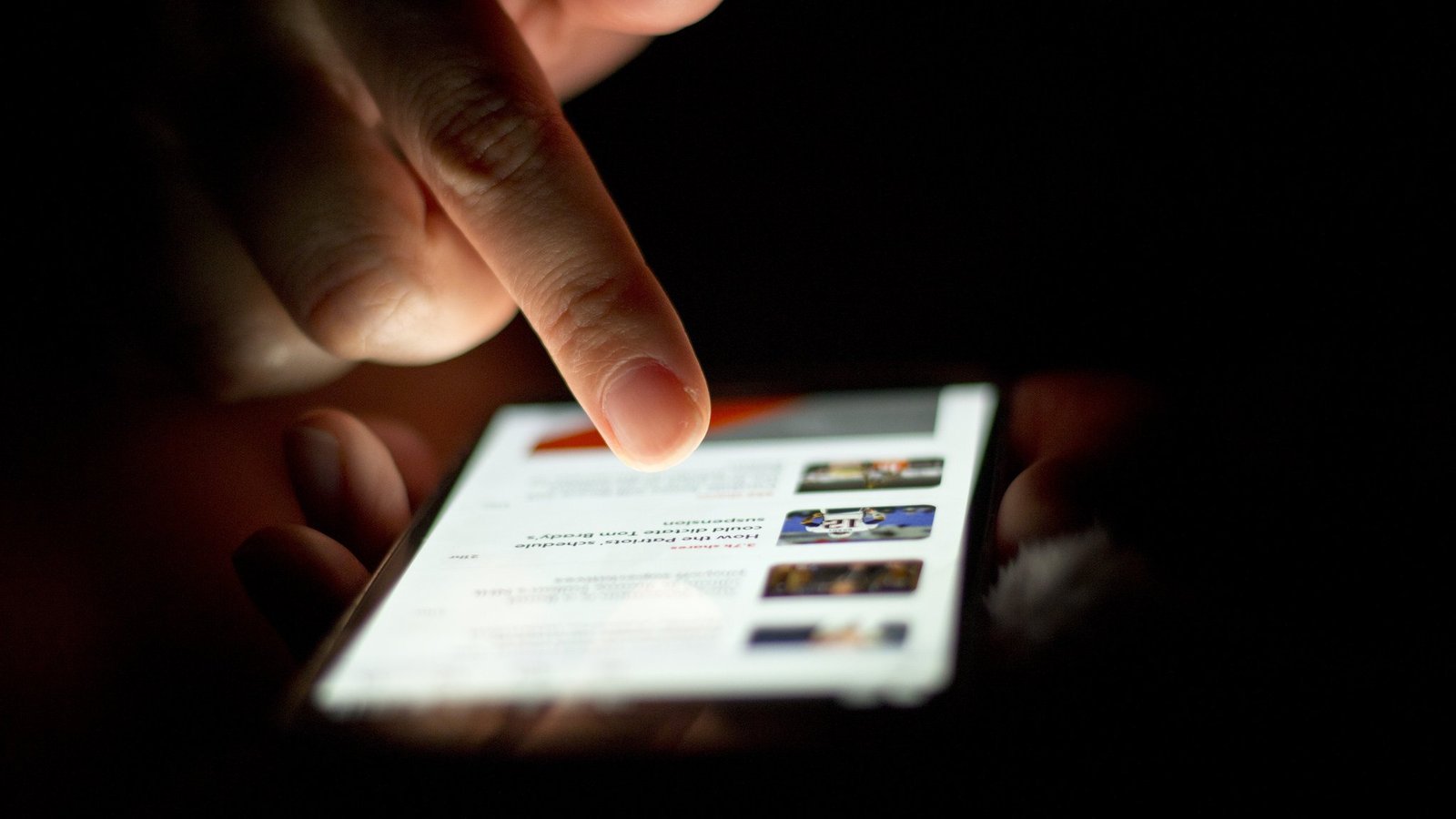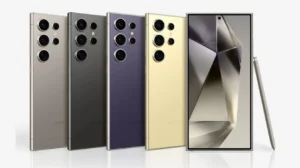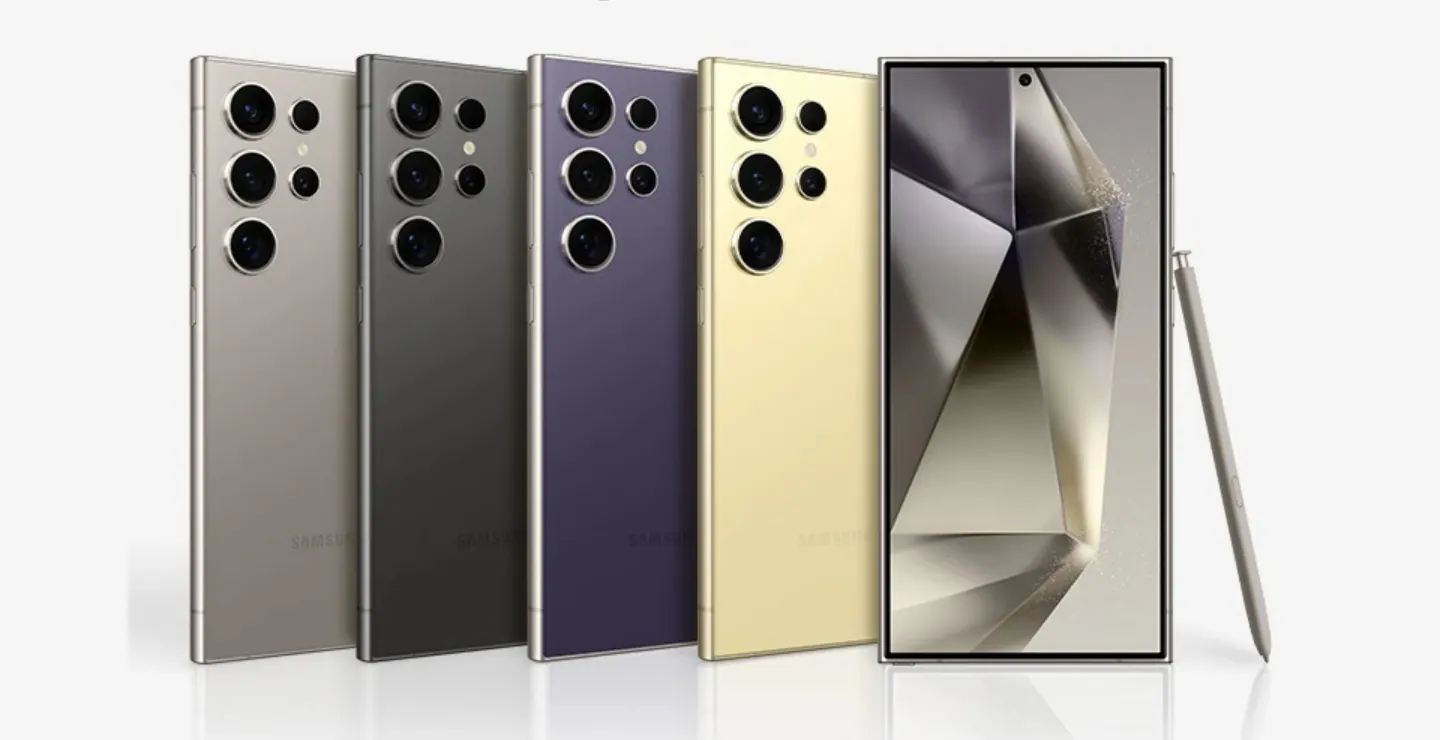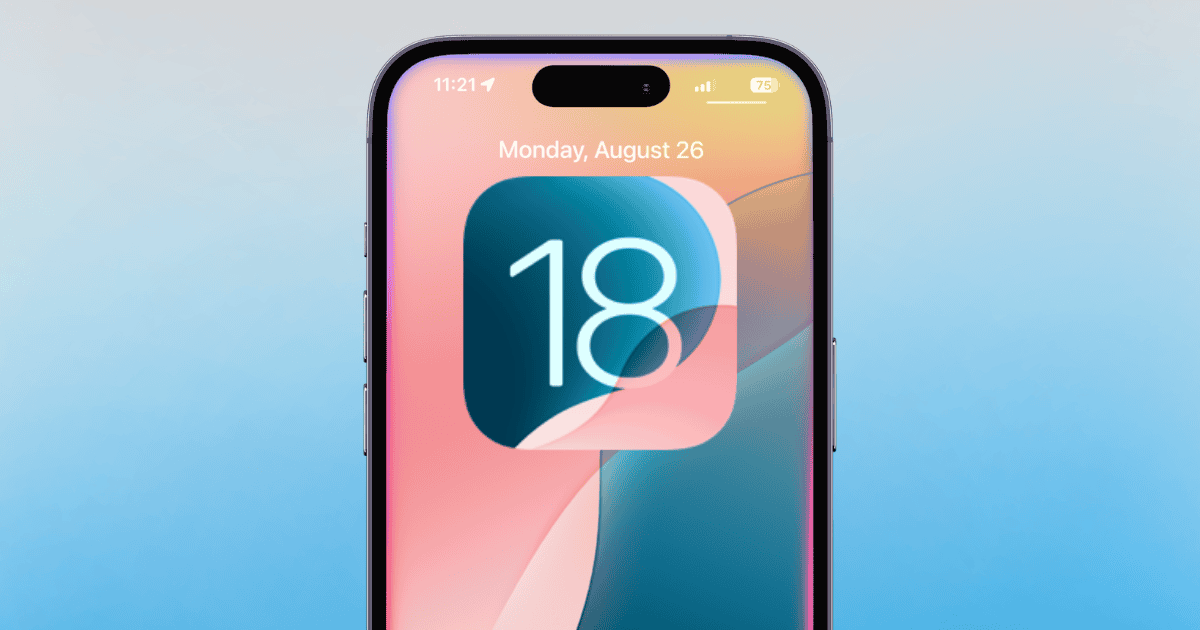A team of researchers at the ETH University in Zurich, Switzerland, have figured out how to build a material that could enhance display and touch quality in smartphones and tablets. Presently, touchscreen displays are made up of Indium tin oxide. So, to offer better touchscreen experience, scientists created grids of gold and silver ‘nanowalls’ on the display surface using 3D printing technology.
The world is being introduced to a new kind of display technology that is promising to take touchscreen experience to a whole new level.
A team of researchers led by DimosPoulikakos, a specialist in thermodynamics, toiled to come up with a display material that skirts some limitations to render above standard display and touch experience.
Instead of Indium tin oxide, Poulikakos’ team used gold and silver to print grids on a display glass. According to the researchers, gold and silver have higher conductivity than indium tin oxide. However, the benefit of high conductivity in the metals is offset by the fact that they are not transparent. As such, the scientists had to figure out a way to harness their robust conductivity to build better touchscreen experience without hampering display quality of the screen.

To come up with the perfect display material, the researchers used fragile forms of the metals on the surface of the display glass. They opted for gold and silver strands that were about 80 to 500 nanometres in thickness. Those strands are not visible when viewed with the naked eye.
The use of the thin metal stands means that they didn’t blur vision at the cross-sectional area. The scientists printed the thin metal strands on the surface of the glass using 3D printing technology. That resulted in a display material that is of both high display quality and conductivity, giving way for enhanced touchscreen experience.
















